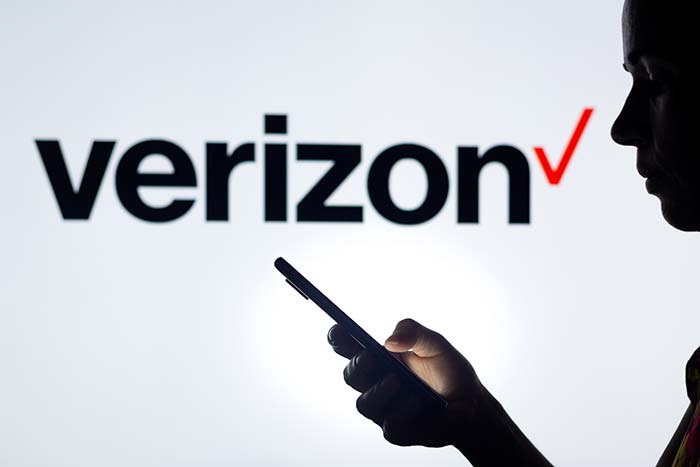A little over a year ago, I gave telecom giant Verizon (NYSE: VZ) a “C” grade for dividend safety due to declining free cash flow and a payout ratio that was just above my 75% threshold. But I concluded my evaluation by saying, “I won’t be surprised if next year at this time, Verizon’s dividend safety rating has been upgraded.”
The stock currently pays a $0.665 quarterly dividend, which equates to a 6.6% yield. Let’s see whether the company earned the expected upgrade.
Importantly, free cash flow came in higher than projected in 2023. Last May, the company’s free cash flow was forecast to be $16.9 billion for the year. It actually came in at $18.7 billion, which shrunk the payout ratio from above 75% to a very comfortable 59%.
That gave the company lots of room to raise the dividend, as it has done every year since 2007.
However, that free cash flow figure was still lower than it was three years ago, and it’s expected to be $18.7 billion again this year. That’s problematic. We want to see cash flow growing, not remaining stagnant – and certainly not declining.
But despite the unimpressive cash flow projection, I still believe Verizon is headed in the right direction.
On the company’s second quarter earnings call, CEO Hans Vestberg said, “Our improving operations and results build on our first-quarter momentum, keep us on track to meet our 2024 financial guidance and are paving the way for a sustained growth.”
Vestberg added that RootMetrics, a highly regarded network monitoring service, reported that Verizon’s 5G network “emerged as the top performer” across the first half of 2024. Its reputation for having the best network should attract customers who are focused on performance.
Furthermore, the Department of Homeland Security announced yesterday that it is renewing a 10-year contract with Verizon valued at over $176 million.
Overall, I’d like to see Verizon grow its free cash flow before I give it Safety Net’s highest rating. But due to its low payout ratio and great track record of raising its dividend, it deserves a solid rating and an upgrade from last year’s “C.”
Dividend Safety Rating: B

What stock’s dividend safety would you like me to analyze next? Leave the ticker in the comments section.
You can also take a look to see whether we’ve written about your favorite stock recently. Just click on the word “Search” at the top right part of the Wealthy Retirement homepage, type in the company name and hit “Enter.”
Also, keep in mind that Safety Net can analyze only individual stocks, not exchange-traded funds, mutual funds or closed-end funds.

